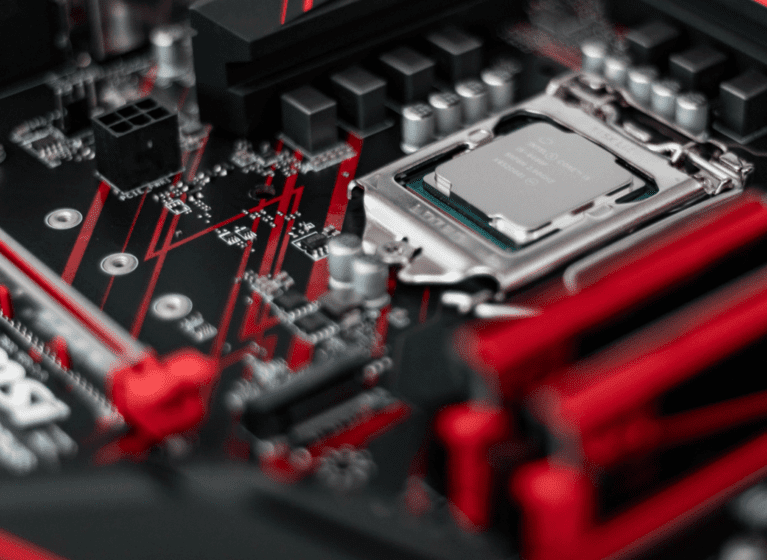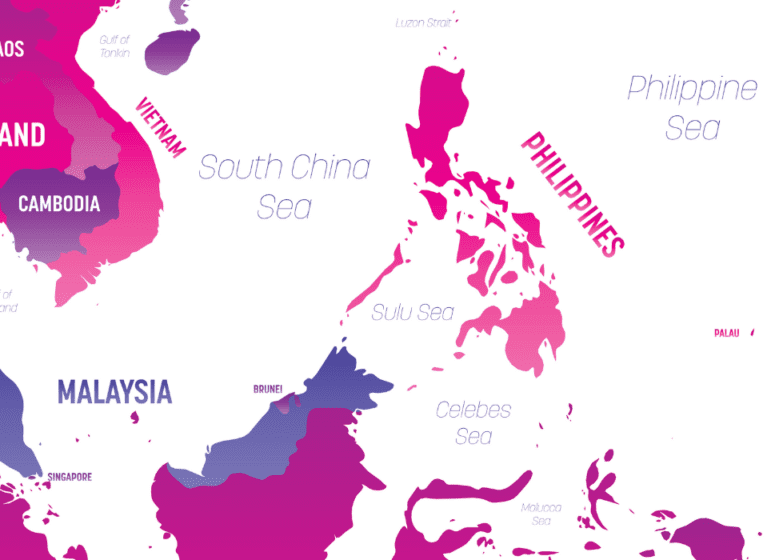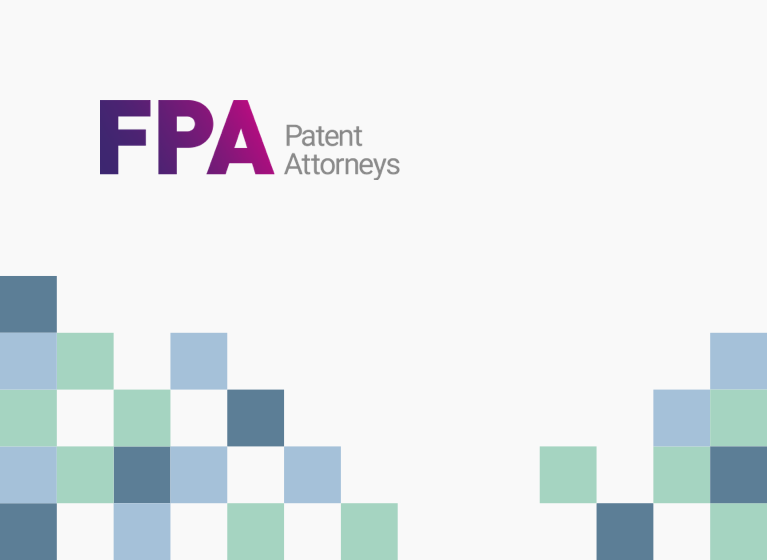New Zealand divisional applications have previously posed an unnecessary level of complexity and uncertainty, making them tricky to coordinate with their Australian and other foreign counterparts. Now, changes in legislation, examination practice and recent Patent Office decisions have helped clarify and alleviate some of the pitfalls that patent practitioners and applicants have previously encountered with their New Zealand divisional applications.
Save for the dreaded “5-year deadline” that still plagues New Zealand divisional applications, issues around filing and double patenting are now more consistent between Australia and New Zealand, making life easier for patent practitioners and applicants wanting to coordinate their Australian and New Zealand patent applications.
This article takes a brief look at some recent changes for New Zealand divisionals, leading to greater consistency with Australia, whilst also flagging the key differences that are important to be aware of.
Double patenting in New Zealand
There was a time when filing divisional applications in New Zealand was fraught with risk. A now revoked regulation1, imposed a requirement that divisional applications must not include a claim or claims for substantially the same matter as claimed in the parent application. If a divisional application was filed with overlap in claimed matter with the parent, potentially the divisional application could be dead on arrival (invalid).
Thankfully, this improved in April 20182 so that overlapping claim scope became an issue that could be resolved during examination. New regulation 82 requires that:
…the divisional application must not include a claim or claims for substantially the same matter as accepted in the parent application (emphasis added).
Two relatively recent Patent Office decisions have helped to clarify New Zealand’s position with regards to double patenting resulting in more consistency with how double patenting is dealt with in Australia.
The first of these Patent Office decisions, Oracle International Corporation3, outlines a test for determining whether a claim in a divisional application is considered to be for “substantially the same matter” as accepted in the parent application (and therefore contravening regulation 82). The Assistant Commissioner of Patents noted that “substantially” qualifies “the same”, so that “substantially the same” means “essentially the same”, “the same but for minor unimportant details”, and/or “not substantially different”.
In this case, the Assistant Commissioner of Patents lined up the two claims and adopted a double infringement test – considering whether a notional system that would infringe the divisional claim would also infringe the parent claim, and whether a notional system that would infringe the parent claim would infringe the divisional claim. If infringement is found under both circumstances, the claims are considered to be for “substantially the same matter”.
The established test in Australia for double patenting is “if the claims of the two specifications were located in the same specification, would there be redundancy of claiming?”4 Whilst this is a different test to what is adopted in Oracle, the practical effect would appear to be very similar.
The second of the recent Patent Office decisions, Ganymed5 concerns remedies for overcoming a double patenting objection. In this case, a divisional application encountered a double patenting objection during examination, with novel and inventive claims that were broader than the parent claims. Whilst a standard way of overcoming such an objection in New Zealand had previously been to simply surrender or amend the parent, the Patent Office examiner adopted a very strict reading of regulation 82 to deny such forms of remedy. The examiner based the assessment against the parent claims in the form they were in at acceptance.
Thankfully, when the matter went to a hearing, the Assistant Commissioner of Patents disagreed with the narrow interpretation of the regulation.
Therefore, in line with this decision, the New Zealand Patent Examination Manual6 has been updated to indicate that a double patenting objection can be overcome by:
- providing a persuasive objection response, or
- amendment of the pending application, or
- amendment of the accepted application or granted patent, or
- withdrawal of the accepted application, or surrender of the granted patent.
The Assistant Commissioner of Patents in Ganymed also confirmed that a divisional can have broader claims than a parent, removing any existing doubt in this regard. Again, this is consistent with the position in Australia.
“5-year deadline”
The “5-year deadline” refers to the deadline to file divisional applications in New Zealand (and request examination on the divisional application) being 5 years from the filing date, which in the case of a PCT application is 5 years from the international filing date.
Always a source of great consternation, it is critical to keep highlighting this issue for patent filers in New Zealand. Whilst most jurisdictions tend to allow for a divisional application to be filed within the pendency of a parent application, this is not necessarily the case in New Zealand. It is therefore advisable to request examination in New Zealand well in advance of the 5 year deadline. Firstly, this maintains the flexibility to file a divisional application should prosecution go pear-shaped (since filing a divisional application presents the only opportunity to continue prosecution). Secondly, should a unity objection arise that requires an applicant to carve out claims into another application, this is only possible within the 5 year deadline. Hence, unity objections arising after the 5 year deadline leave the applicant with no opportunity to pursue the claims deleted from the parent application.
Australia has no similar restriction, enabling the daisy-chaining of divisional applications over time.
“Acceptance deadline”
Another pitfall for New Zealand applications is the requirement to file a divisional before the parent application passes through to acceptance (which occurs prior to grant). When filing a response to a New Zealand examination report, it is not known whether the response will result in allowance of the application. Accordingly, decisions on divisional protection need to be made in advance of finalising prosecution on the parent7.
Conversely, in Australia, divisional applications must be filed within 3 months of acceptance of the parent application, enabling prosecution to conclude before a decision is required about divisional protection.
The value of a coordinated strategy
Whilst New Zealand divisional applications operating in a more similar manner to Australian divisional applications improves the coordination of an Australian and New Zealand patent filing program, the differences, including the “5-year deadline” necessitates greater proactivity for New Zealand filings.
If advice is required regarding New Zealand filing strategy, particularly as it pertains to possible divisional applications, please contact us for further information.
1 Sub-regulation 52(3): https://legislation.govt.nz/regulation/public/2014/0275/22.0/DLM6166302.html
2 Sub-regulation 52(3) was revoked and new sub-regulation 82(b) and (c) invoked: https://legislation.govt.nz/regulation/public/2014/0275/latest/whole.html
3 Oracle International Corporation [2021] NZIPOPAT 5
4 ipaustralia examiner’s manual 2.18.6
5 Ganymed Pharmaceuticals GmbH and TRON-Translationale Onkologie an der Universitätsmedizin der Johannes Gutenberg-Universität Mainz Gemeinnützige GmbH [2021] NZIPOPAT 6
6 NZ Patent Examiner’s Manual
7 Although, this can be circumvented by requesting deferment of acceptance.






















